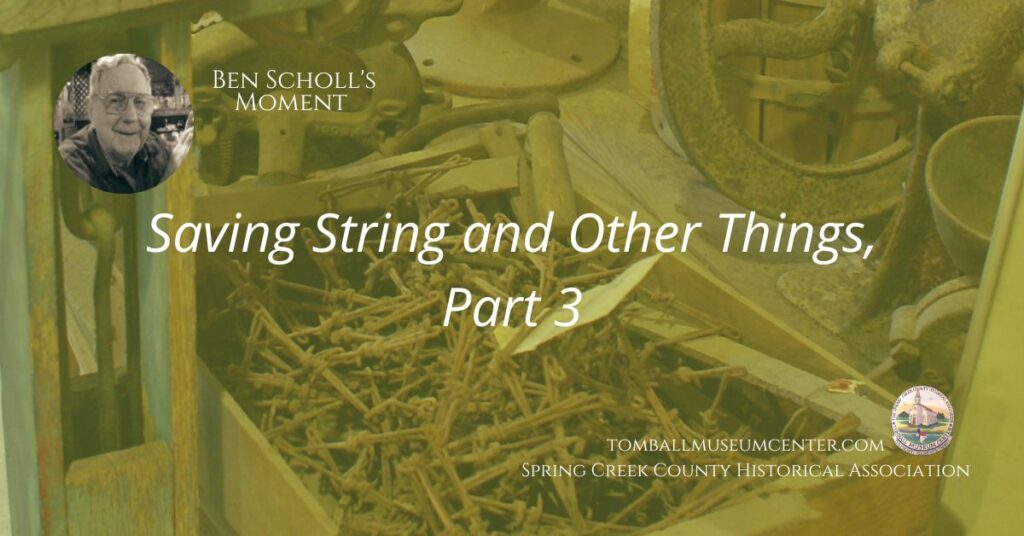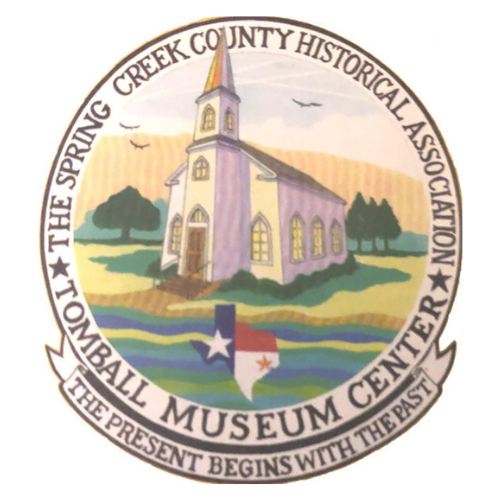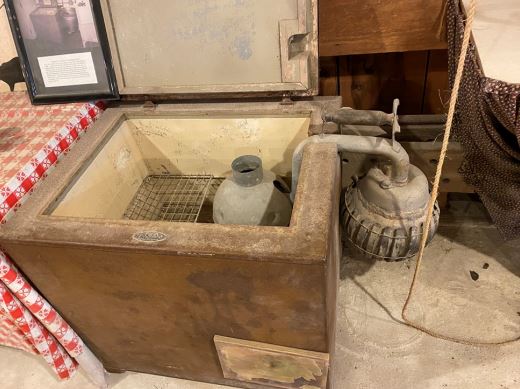This 3 part series had us saving nails, string, wood boxes, feed sacks, rubber bands and aluminum foil in Part 1. In Part 2 we saved goose wings, plastic rings, syrup buckets, license plates, used crank case oil, paraffin wax and lard.
Now for Part 3, the finale.
Corncobs were used primarily for starting a fire in the stove or under the washpot. If no kindling was available, pouring a little kerosene on several cobbs would help the wood gets started burning. Cops were also used to cover the hot handles of branding irons and smoldering irons.
After corn had pollinated, the tops were cut just above the ears, dried and then tied in bundles about 10 inches in diameter. Stored in the barn or in stacks the “tops” (cornstalks) made excellent cow feed. In the fall after the corn had been harvested, some of the stocks were brought to the orchard, stripped of their leaves and used for “banking” sweet potatoes.
When sweet potatoes were harvested, the vines were fed to the cows. Small potatoes and culled potatoes (cranked or wormy) were fed to the hogs and cooked for the dogs.
Old telephone wire was made of galvanize steel and was used for patching fences. All hay bales were tied with wire but it was important that no pieces of wire were ingested by any animals, who would suffer a slow death. “Bailing wire” had many uses around the farm. It was not coated but lasted several years when used outside.
Sawdust and planer shavings were gathered from several saw mills-Ford’s, Schauer’s, Bog’s, Martin’s, Coe’s, and Neidigk’s. They were used as litter in the chicken houses and when hauled into the field with the chicken manure made excellent mulch and fertilizer. Straw was used as bedding for the horses, cows, pigs and sheep. This bedding was hauled to the field as fertilizer in early spring.
Eggshells were crushed and fed to the chickens along with oyster shells. The calcium helped the chickens make stronger eggshells.
Table scraps were cooked with cornmeal, seasoned with bacon drippings and fed to the dogs and cats. Peelings were usually fed to the hogs, along with dishwater, skim milk, and wheat bran.
Newspapers were delivered by the mail carrier free of charge to country people because of the bill passed by Congress. I think Senator Capper from Kansas sponsored this bill. All newspapers were saved to put in the birdcage, to start fires, in the brooder house for the baby chicks, and to singe chickens after plucking. Newspapers and magazines were also used for toilet paper in the outhouse.
Mother always wore an apron and when she found a safety pin she would pin it on her apron to be saved for the next emergency. She also saved all buttons. When an article of clothing was moved to her rag basket, she first removed the buttons. Most buttons were made from oyster shells and called pearl buttons. Some of the larger buttons were made of plastic or pressed board. After Mother’s death I found her button collection in a cigar box on her sewing machine, right where she kept it!
Written by Benjamin H. Scholl as published in:
Scholl, B., (2004), “Growing Up In Rose Hill (We Were Poor But Didn’t Know It)”, ISBN 1583968830



